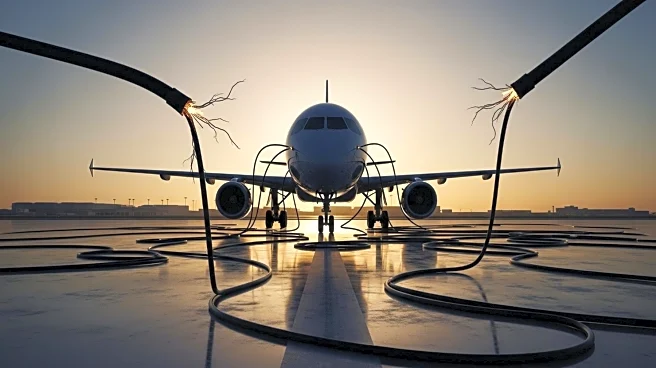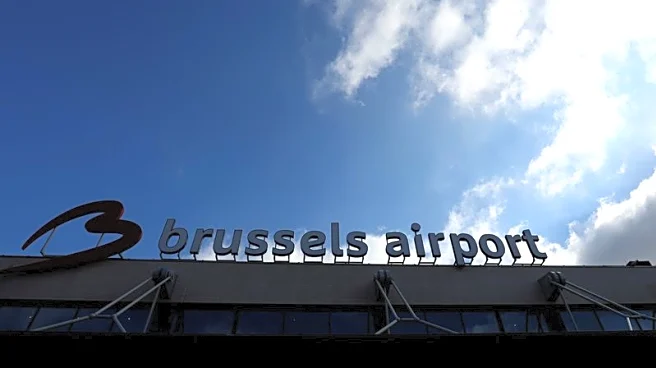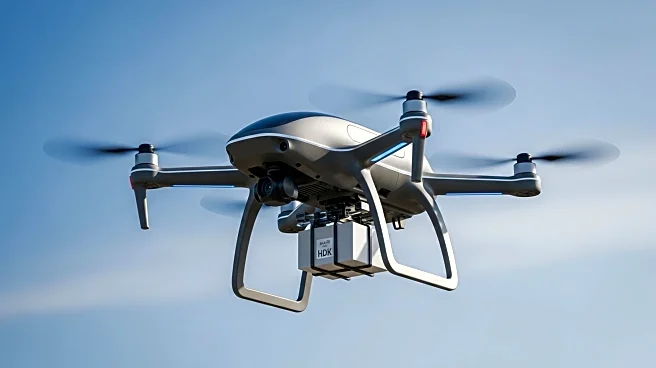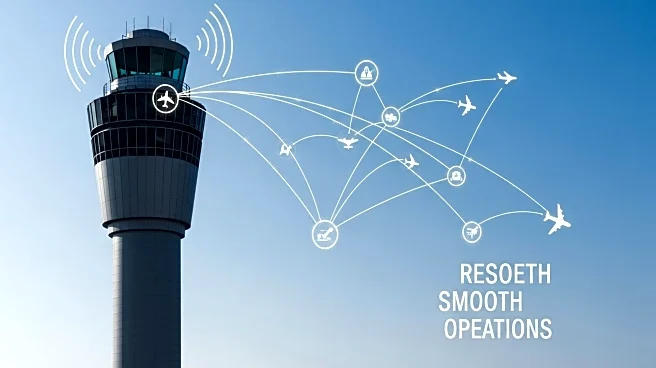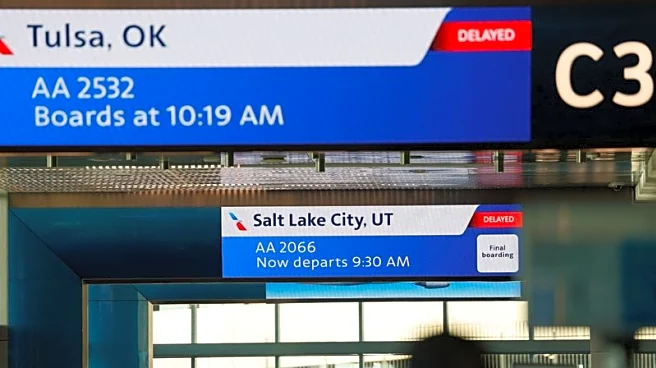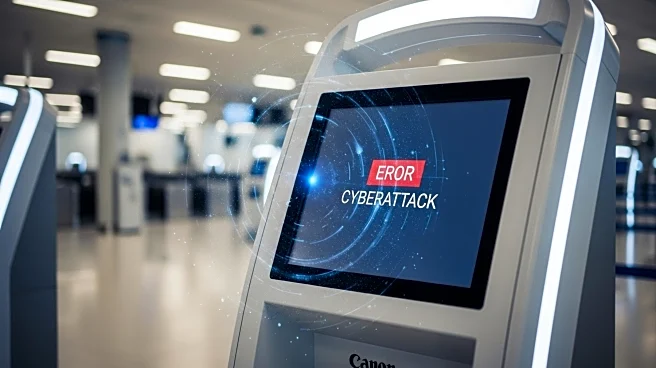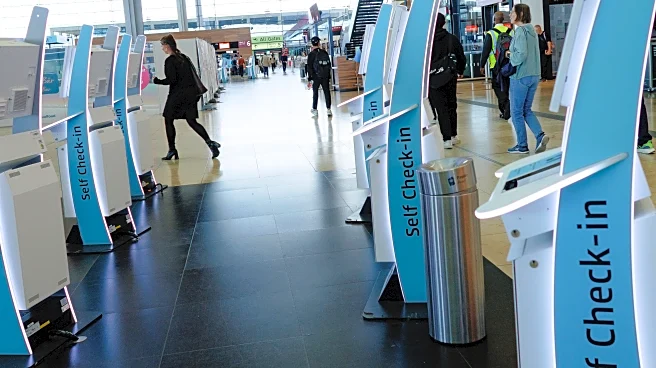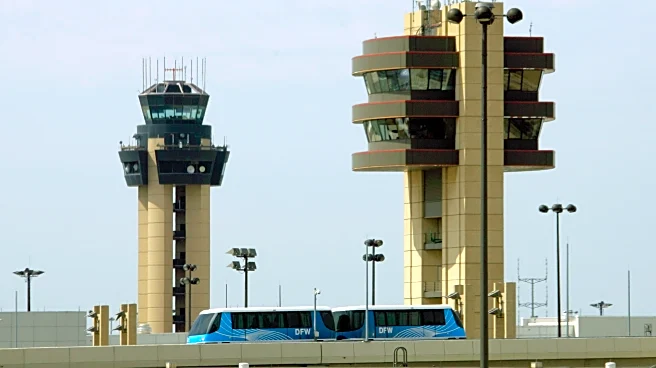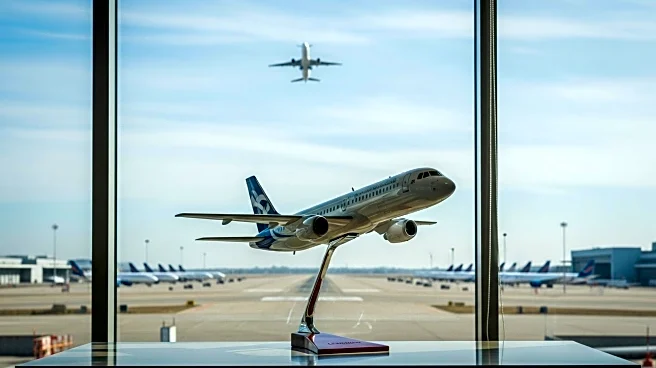What is the story about?
What's Happening?
American Airlines experienced significant disruptions on September 19, 2025, due to cut fiber optic cables affecting the FAA's Dallas TRACON facility. The incident led to the cancellation of over 530 flights and the diversion of around 65 flights bound for Dallas-Fort Worth International Airport (DFW). The telecommunications outage, caused by failures in the TDMI data service provided by Frontier Communications, impacted FAA radars, radio frequencies, and computer systems. As a result, American Airlines was unable to release flights in an automated fashion, severely limiting departures from DFW. The airline is currently assessing the financial impact of the event, which affected more than 100,000 passengers through cancellations, delays, diversions, and missed connections.
Why It's Important?
The disruption highlights vulnerabilities in the U.S. air traffic control infrastructure, emphasizing the need for modernization. The incident underscores the reliance on telecommunications systems for efficient flight operations and the potential consequences of system failures. The impact on American Airlines, DFW's largest carrier, demonstrates the significant operational and financial challenges airlines face when such disruptions occur. The event also stresses the importance of having robust redundancies and quick response mechanisms to mitigate the effects of unforeseen outages, which can have widespread implications for passengers and airline operations.
What's Next?
Repairs to the affected systems continued overnight into September 20, with the FAA, L3Harris, and Frontier Communications working to restore service. The FAA has prioritized upgrades to its air traffic control systems, moving from aging analog systems to more resilient digital technology. This modernization effort aims to enhance the reliability and resiliency of the national airspace system, reducing the likelihood of similar disruptions in the future. American Airlines and other stakeholders will likely continue to collaborate with the FAA to ensure the stability and efficiency of flight operations.
Beyond the Headlines
The incident raises questions about the security and reliability of critical infrastructure in the aviation sector. It highlights the need for comprehensive risk assessments and contingency planning to address potential vulnerabilities. The event may prompt discussions on regulatory measures to ensure telecommunications providers maintain robust systems and protocols to prevent similar occurrences. Additionally, the situation could lead to increased investment in technology and infrastructure to safeguard against disruptions that can have far-reaching impacts on the aviation industry and passenger experience.
AI Generated Content
Do you find this article useful?
